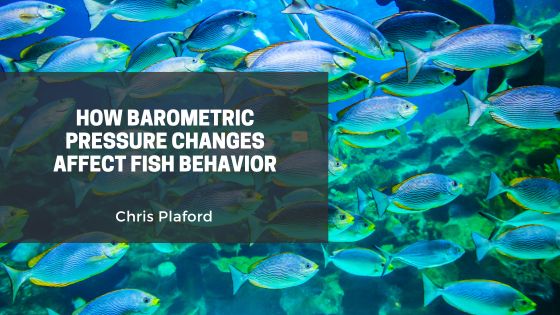Successful fishing often depends on understanding how environmental factors influence fish behavior. While water temperature, clarity, and food availability all play key roles, one of the most overlooked variables is barometric pressure. This measure of atmospheric pressure directly impacts fish movement, feeding habits, and where they are likely to be found. Anglers who learn to read barometric patterns can greatly improve their chances of success on the water.
What Is Barometric Pressure
Barometric pressure, also known as atmospheric pressure, refers to the weight of the air above a specific point. It rises and falls with changing weather conditions, and these shifts often occur before storms, cold fronts, or clear skies. Because fish are sensitive to even minor pressure changes, they tend to adjust their behavior in response.
How Pressure Influences Fish Physiology
Fish rely on a swim bladder, a gas-filled organ that helps them maintain buoyancy. When barometric pressure changes, it affects the swim bladder, making it expand or contract. During high-pressure conditions, the bladder is compressed, making it easier for fish to stay at their preferred depth. In low-pressure situations, however, the bladder expands, causing discomfort and forcing fish to adjust their depth or feeding activity. This physiological response explains why fish behavior can shift noticeably with pressure fluctuations.
Fishing in High Pressure Conditions
High pressure typically occurs during clear, calm weather. Under these conditions, fish are generally more comfortable and active. They are more likely to stay at consistent depths and feed regularly. Anglers may find fish holding near structures, weed lines, or drop-offs, and lures that mimic natural prey can be especially effective. While the bite may not be aggressive, high pressure often offers steady fishing opportunities.
Fishing in Low Pressure Conditions
Low pressure is usually associated with storms or cloudy weather. During this time, fish often become less active and more difficult to catch. The expansion of the swim bladder can make fish sluggish, and they may move to deeper water or seek shelter near cover. However, just before a storm arrives, when pressure begins to drop rapidly, fish often feed aggressively. This short window can provide some of the best fishing conditions, as fish instinctively prepare for the coming change.
Transitional Pressure and Feeding Windows
The most productive fishing often occurs during transitional periods when pressure is rising or falling. A steady drop in pressure can trigger feeding activity, while a gradual rise after a storm can also encourage fish to return to normal patterns. Experienced anglers pay close attention to barometric trends, using them to predict when fish are most likely to bite.
Conclusion
Barometric pressure may be invisible, but its effects on fish behavior are undeniable. By understanding how pressure changes influence feeding and movement, anglers can plan their trips more effectively and adapt their strategies on the water. Whether targeting fish during high pressure stability, low pressure challenges, or transitional feeding windows, knowing the role of barometric pressure gives anglers a valuable edge in the pursuit of a successful catch.
